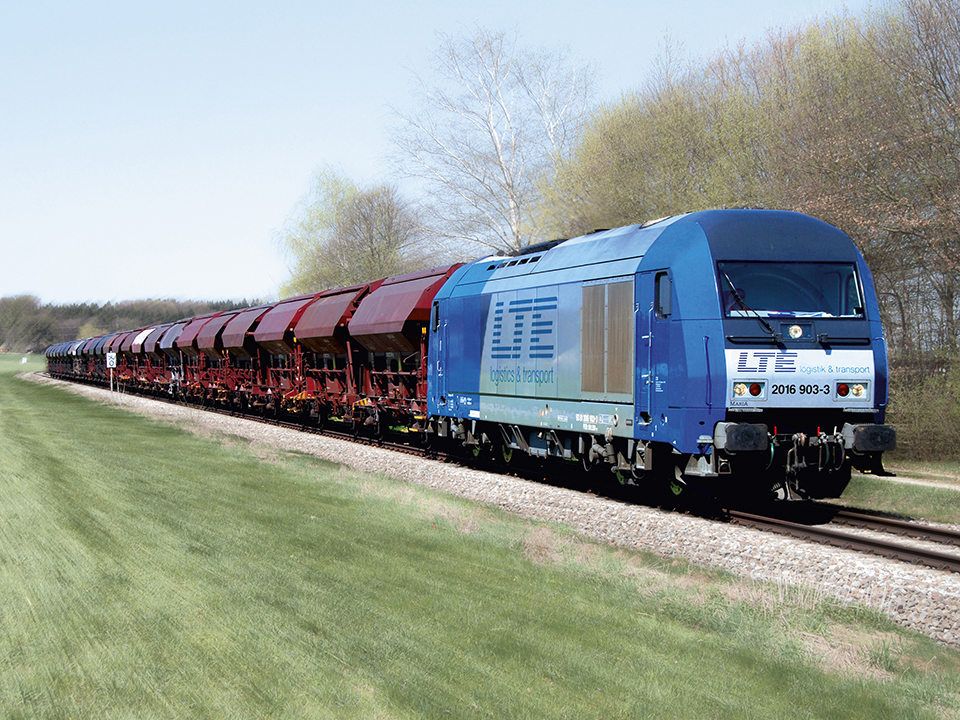ERFA, together with the International Union for Rail-Road Combined Transport (UIRR), and two national associations - Die Güterbahnen in Germany and RailGood in The Netherlands - joined forces in a Joint Paper outlining key priorities for enabling rail freight to meet its growth targets set for 2030 and 2050. The new five-year legislative cycle starting after the European Parliament Elections (06-09 June) will indeed be of crucial importance to make modal shift a reality.
The European Commission sets an ambitious modal shift target for rail freight transport, namely growing rail freight tonne-kilometres by 50% until 2030 and doubling it by 2050.
Achieving the climate-relevant targets contained in the Strategy for Smart and Sustainable Mobility must be tracked with measurables actions and interim steps.
The European associations ERFA and UIRR and their national peers, Die Güterbahnen in Germany and RailGood in The Netherlands, have summarised the most important measures for rail freight transport needed to deliver the objective for the 2024-2029 legislative period below.
Three key priorities:
1 - Intermodal and intramodal competition: the race to the bottom must stop
2 - Rail must be given priority in intermodal investment decisions
3 - New and expanded infrastructure with a European perspective
Access the Joint Paper below (English and German versions available).
Linked documents
Joint Paper - English Version - Strengthen European industrial and trade networks through efficient rail freight transport ( 2024-06-03_Joint_Paper_with_proposals-1717499324.pdf )Joint Paper - German version - vorschlaege schienengueterverkehr ( 2024-06-03_vorschlaege_schienengueterverkehr-1717499259.pdf )

-1688650446.jpeg)
